In 1018, after half a century of struggle, the First Bulgarian Empire was conquered by Byzantium. Despite the many uprisings of the Bulgarians, the power of Constantinople lasted for nearly two centuries. In the autumn of 1185 or the beginning of 1186, a new uprising started in Tarnovgrad led by the local nobles Peter and Asen. The campaign ended after 3 years with the restoration of Bulgarian statehood.
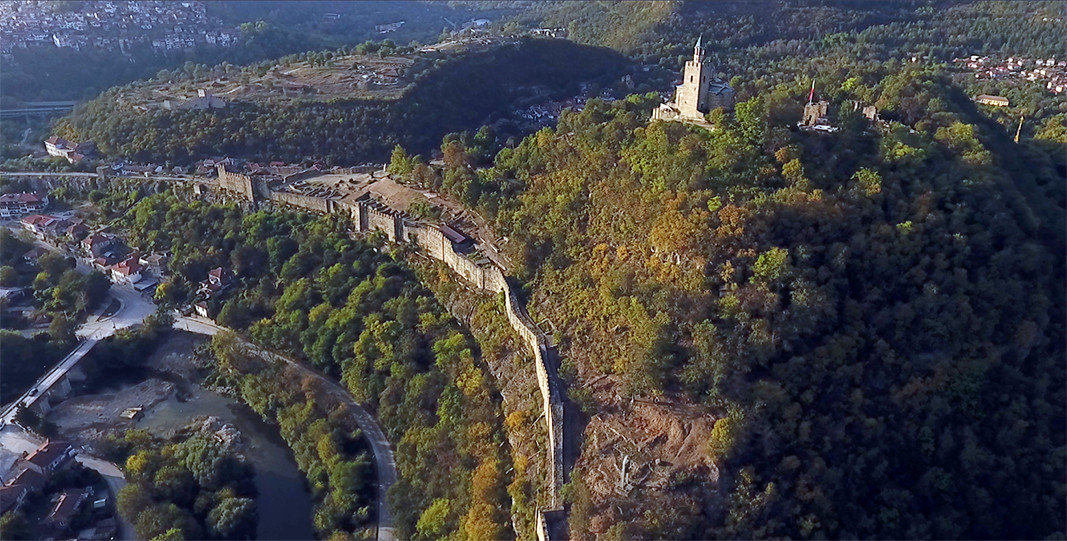
"There are quite a few mysterious moments surrounding the uprising of Peter and Asen," Professor Plamen Pavlov, a historian from the Veliko Tarnovo University "Sts. Cyril and Methodius", tells Radio Bulgaria. "One of them is that the uprising was on Dimitrovden (October 26). This is practically impossible, as in October they met in Cypsela with the Byzantine emperor Isaac II Angelos in his camp. There a scandal happened. Asen, because of his ‘unrestrained tongue’, as Niketas Choniates writes, was punished with blows to the face. After that they really started to act for the organization and preparation of the uprising on a much wider scale", Prof. Pavlov says.
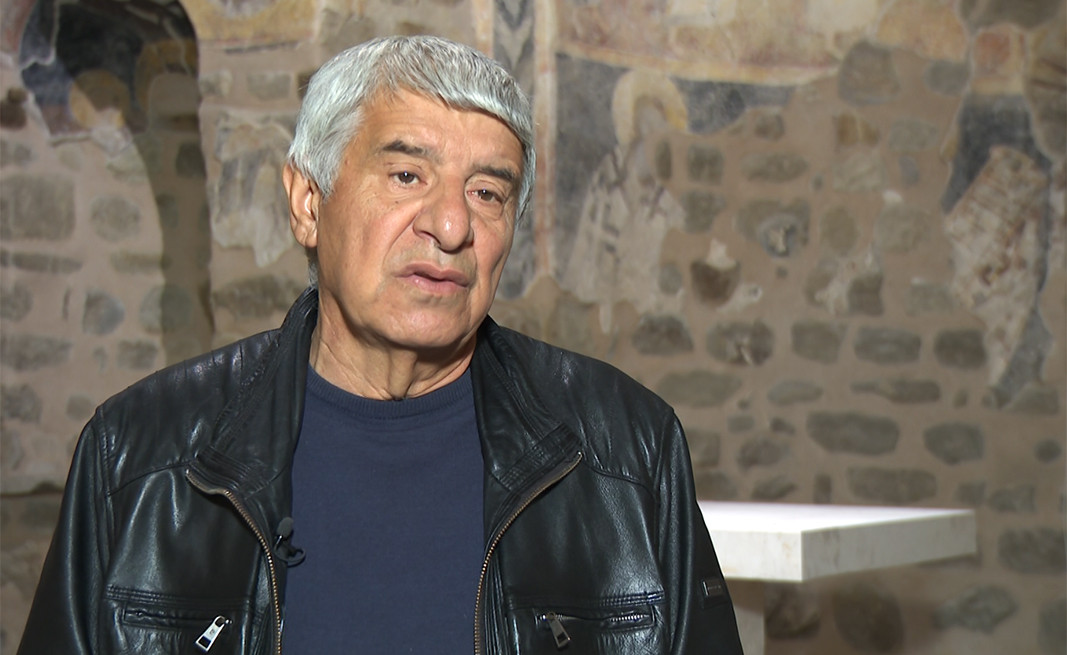
"On the other hand, to celebrate the uprising on Dimitrovden (St. Demetrius Day) is not so wrong, as apparently the attitudes in Bulgaria for rejecting Byzantine power were very ripe. We must admit that Byzantine power was by no means weak, including in Northern Bulgaria. Our old historians believed that in the north of the Balkan Mountain it was practically symbolic. This is not true at all", the researcher says.
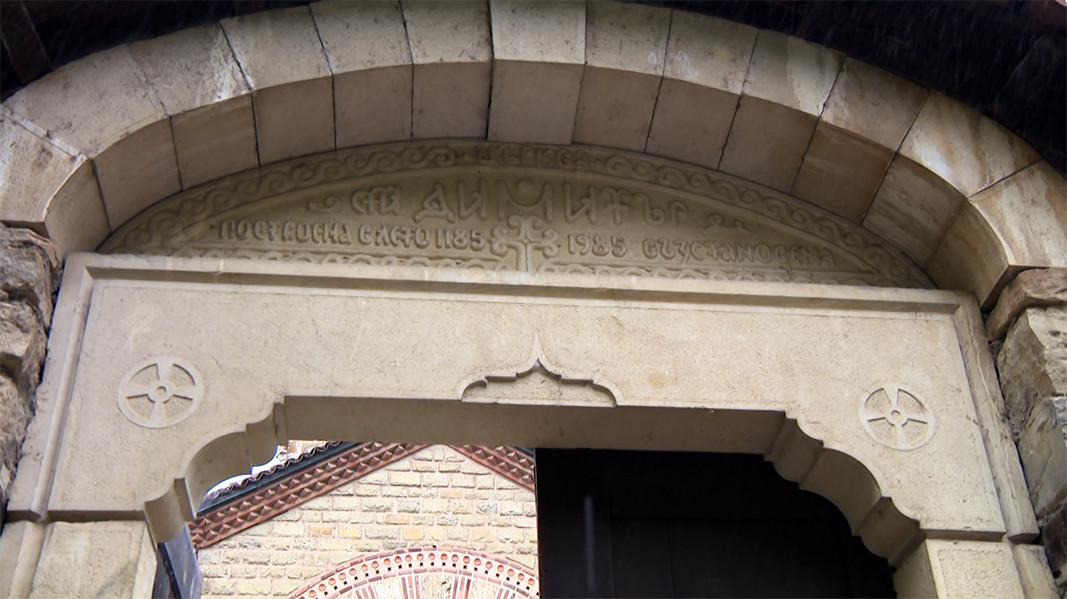
In August 1185, Thessaloniki, the second largest city in the empire, was captured and plundered by the Sicilian Normans. Most likely, Bulgarian soldiers from the Byzantine garrison carried out the miraculous icon of St. Demetrius of Thessaloniki. Together with the relics of the saint, the icon was transferred to Tarnovo. Brothers Peter and Asen showed them to the crowd when the uprising was announced at the consecration of the newly built church, dedicated to the miracle worker. In order to overcome the fear among the Bulgarians of possible retribution from the Byzantine emperor, the leaders of the rebellion declared that St. Demetrius had already cast off his heavenly protection for the Byzantines and had transferred his miraculous powers to the defence of Tarnovo.
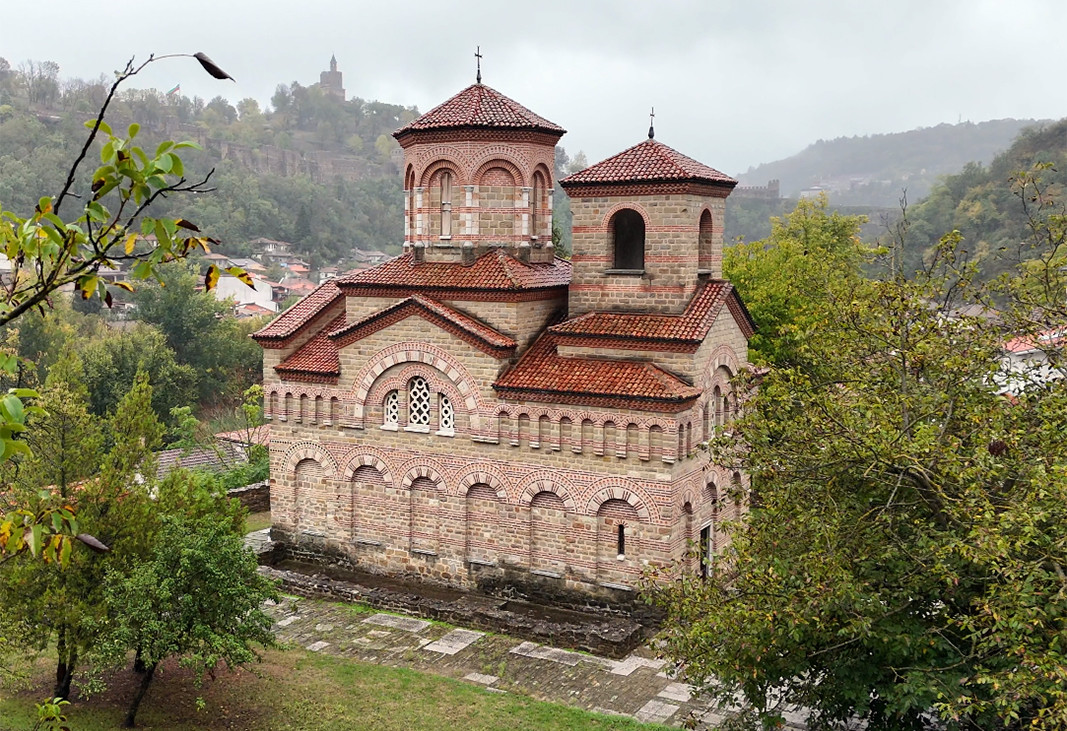
Professor Pavlov thinks that historiography wrongly favours only the role of the younger brother Asen in the restoration of the Bulgarian Tsardom, while Tsar Peter with the secular name Todor is unfairly placed in the background.
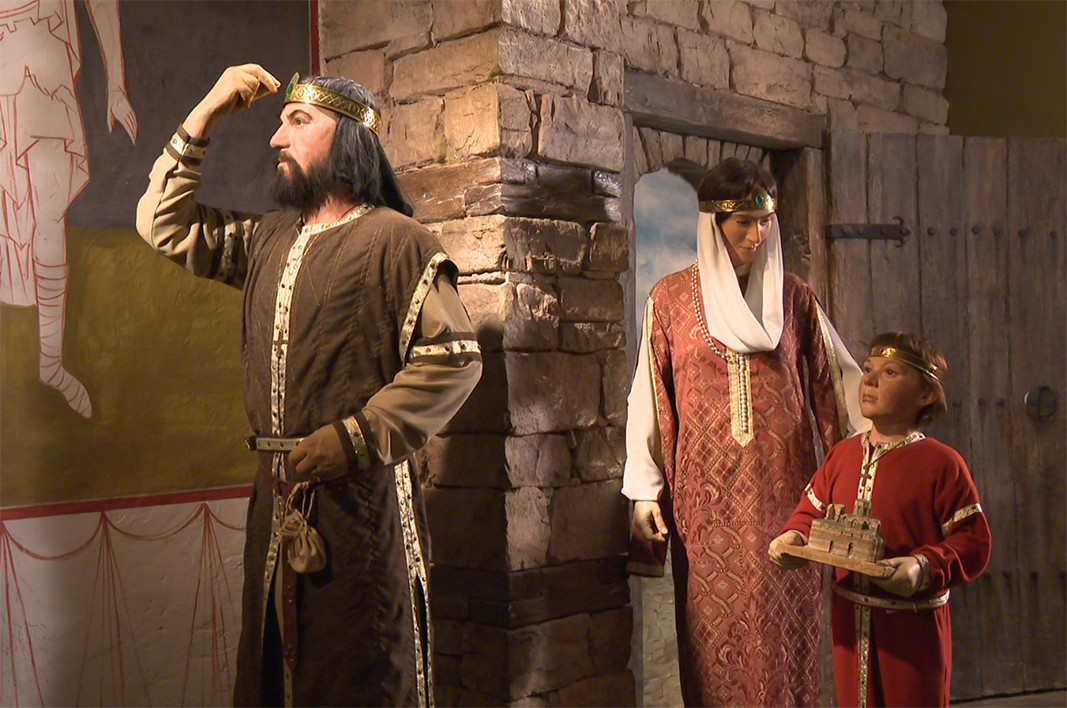
"Among Byzantine authors, the biggest hostility is towards Peter. He is obviously the ideologist of the movement. But between Peter and Asen there was some disagreement. Around 1193, internal disagreements arose and Peter ceded primacy to Asen, without giving up the royal title. What is the reason for this rift? Well, Peter was a supporter of a more moderate course. He was aware of the power of Byzantium and Hungary as its ally. While the radical forces were led by Asen. If we think about it, perhaps Peter was more right," the professor says.
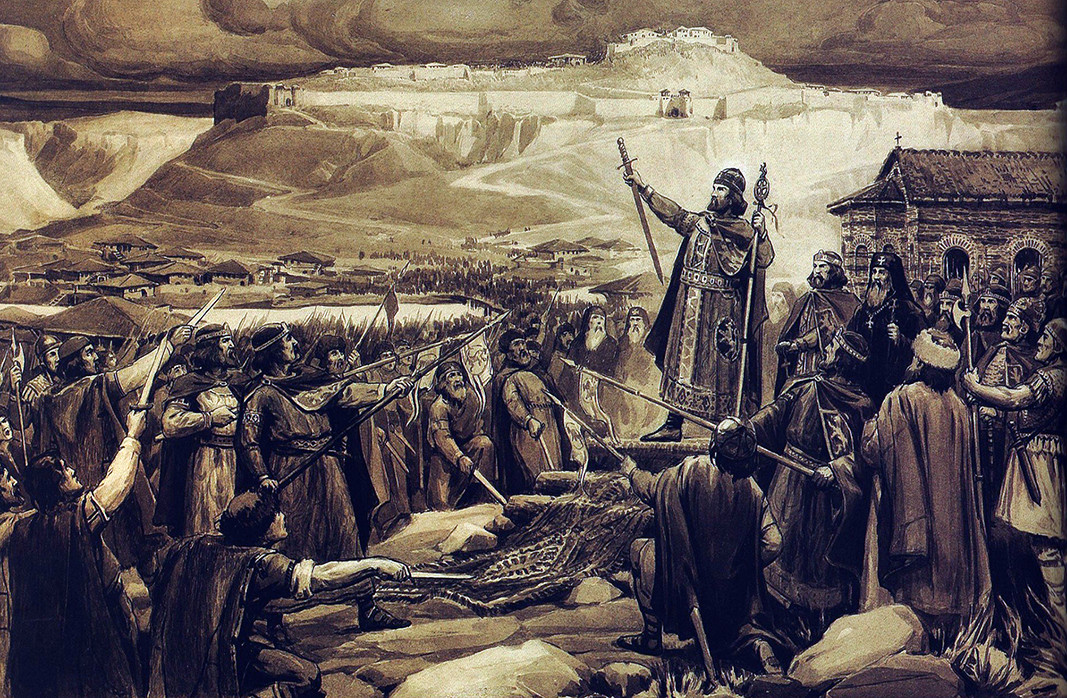
Together with other historians, Professor Plamen Pavlov has long insisted that if there were liberating brothers in Bulgarian history, these are precisely the founders of the Asen dynasty. After 1185, Tsars Peter, Asen, Kaloyan and Ivan Asen II managed in just 40 years to turn the Bulgarian Tsardom into a decisive factor in the political destinies of the Balkans.
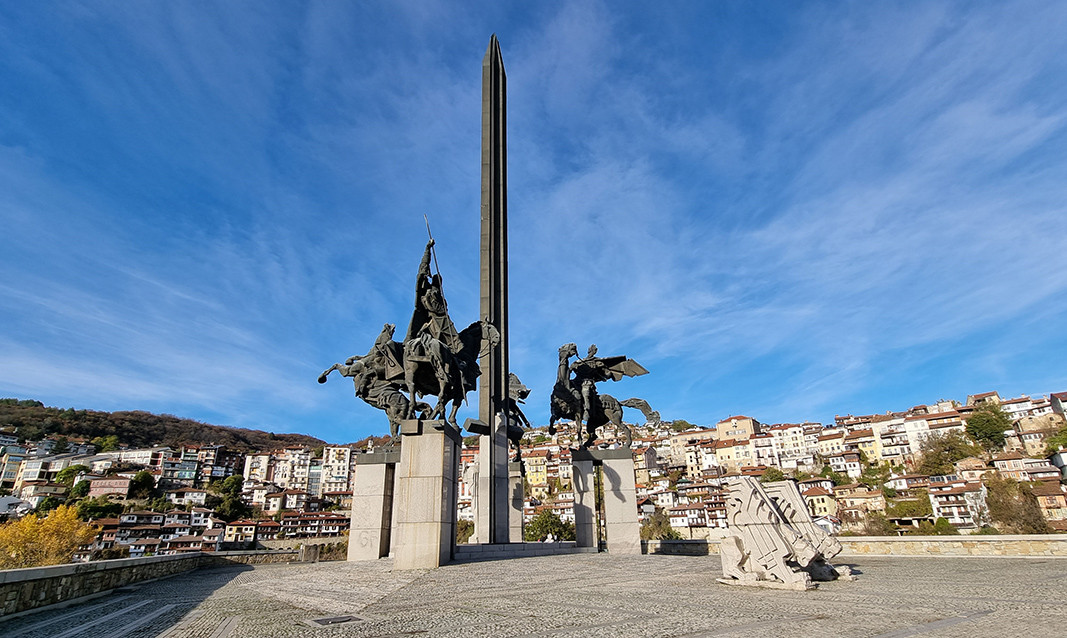
Author: Ivo Ivanov
Publication in English: Al. Markov
Photos: Ivo Ivanov, Facebook / Vasil Goranov, BTA, archive
The newest exhibition at the National Museum of Military History in Sofia, 'War and the Creatives: A Journey Through Darkness' opens today, offering free entry as a gesture to those who were unable to visit during the recent renovations. Rather than..
A 5,000-year-long history lies hidden in the ruins of the medieval fortress “Ryahovets” near the town of Gorna Oryahovitsa where active excavations began ten years ago. On this occasion, on November 17, the Historical Museum in Gorna Oryahovitsa..
Just days ago, archaeologists uncovered part of the complex underground infrastructure that once served the Roman baths of Ratiaria - one of the most important ancient cities in Bulgaria’s northwest. Founded in the 1st century in the area of..

+359 2 9336 661
